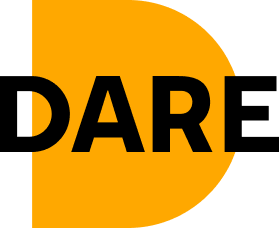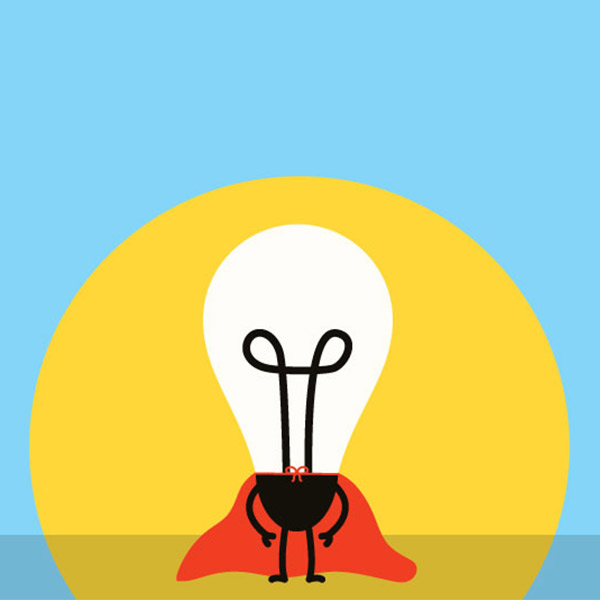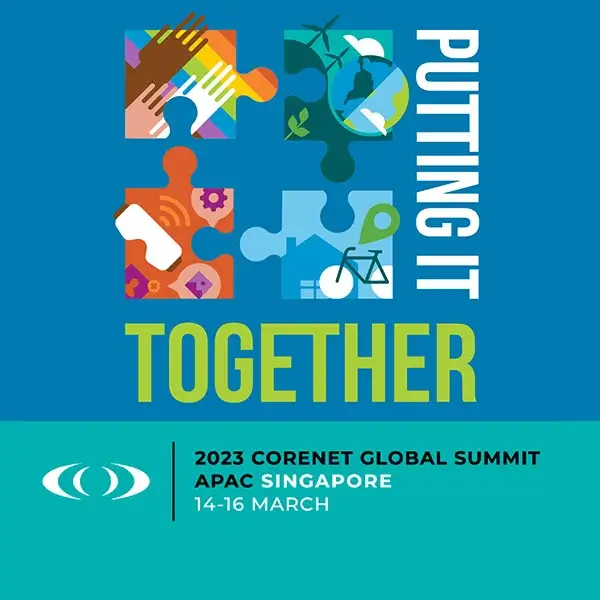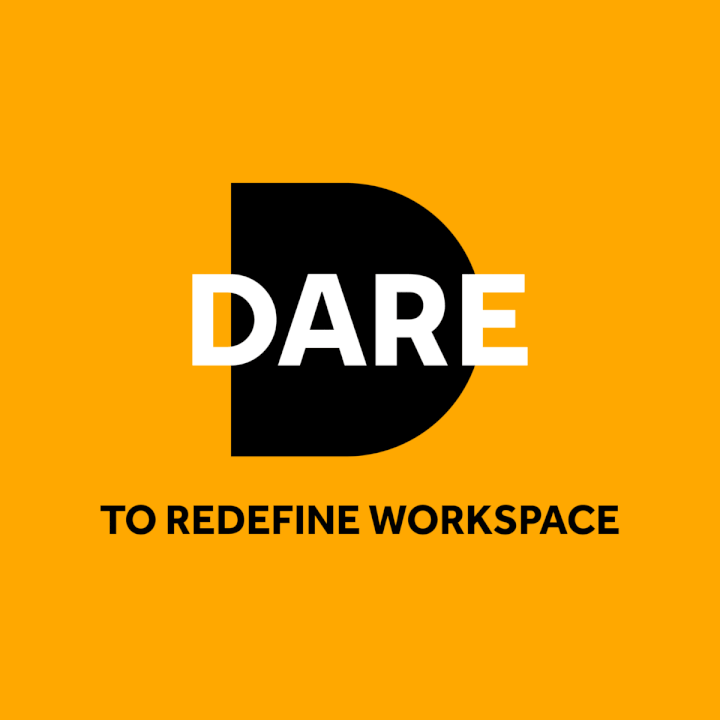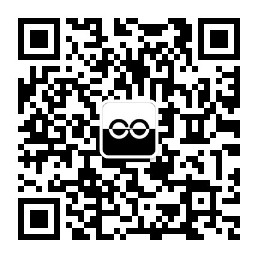I am not a psychologist and I have no formal training in the field. However, I do spend a considerable amount of time in workplaces interviewing leaders and employees, running workshops and other activities. All of this gives me a huge insight into how people behave, feel and think in their workplaces.
Prior to the pandemic, I was starting to see a trend of employees exhausted by the “Always On” Culture that was prevailing in many organisations. The evolution of technology allows 24/7 access to information and work. This along with the increased ease of international communication and the growth of multi-location teams meant that many employees are expected to work across multiple time zones. As a result, we have developed an expectation of instantaneous responses.
In the age of the machine with our constant drive to increase productivity and output, we started to forget that we are human, we started to treat ourselves and each other like machines. Our expectation became that humans should operate just like machines, be able to produce instantaneously at the flick of a switch and be able to operate as long as we are connected.
This has been a huge contributor to the rise in pre-pandemic mental health problems.
- In the US The National Center for Health Statistics noted a suicide-rate increase of some 35 percent between 1999 and 2018, with the rate growing approximately 2 percent a year since 2006.
- The Health Care Cost Institute’s 2018 report disclosed that per-person spending on mental health admissions increased 33 percent between 2014 and 2018, while outpatient spending on psychiatry grew 43 percent.
- Between 2007 and 2017, the percentage of medical claims associated with behavioral health (both mental illnesses and addictions) more than doubled.
Ironically depression and anxiety disorders cost the global economy US$ 1 trillion each year in lost productivity. It would appear that driving human productivity so hard provides diminishing returns.
Our workplaces have only helped to compound this crisis. Over the last 2 decades, a corporate real estate industry obsessed with driving efficiency and managing expenditure has completely ignored the real cost to employees.
It was clear to us that a change of approach to workplace creation is needed, we can’t continue to shoehorn more and more people into smaller and cheaper spaces and expect a high-performance output.
The pandemic in so many ways saved us. It freed employees from the confines of soulless workplaces and mindless routines, that feeling of liberation has given some people the opportunity to think and take back control of their lives and prioritise their health and wellbeing.
This has been a huge contributor to the great resignation. While the pandemic also brought with it new mental health issues mostly related to the social isolation it caused, emerging research is starting to show that the isolation of lockdowns actually helped increase creativity.
In a study of 754 comparable employee samples from three Chinese and three German cities, Significant increases in creativity were observed in all everyday activities in both countries with only two exceptions in the German sample.
As we evolve into the information era, or the digital age, productivity becomes less essential in terms of human output as creativity is what now drives revenue generation and profit. This will be and interesting time of transition.
We understand productivity, how to enhance it and how to measure it. We currently lack an understanding of creativity, how to develop it, enhance it and how to measure it. I hope that our greater understanding and awareness of mental health in the workplace gained both in the pre-pandemic crisis and from the very different work conditions experienced during the pandemic can help contribute to our understanding of creativity.
While everybody is now grappling with the return to the workplace and organizations and employees are struggling to define what this means for them, I was recently asked what innovative steps employers are taking to address mental health issues and how we can encourage people back to work. After much reading and research, I haven’t found anything I view as innovative.
In a study undertaken by the National Council of Social Service (NCSS) in 2018 found that nearly one in two Singaporeans are unwilling to work with colleagues facing mental health issues. This made me think and reflect on my own personal experience. I have personally watched many of my friends and family suffer from various mental health issues over the years. I have suffered with depression and other mental health issues. I have tried a variety of treatments with varying results. Upon reflection, I now wonder if that is the problem. The word treatment suggests that there is something wrong with us, that we need a cure, that we are dysfunctional and can be fixed like a machine in need of repair.
What if we changed our perspective? From another angle what we see as dysfunctional could be hyper-functional. We are not machines; repairs may not be so obvious, and the fix may be more about changing how we see things.
The life-changing moment for me was when I realized that there was nothing wrong with feeling the way I did. Our definition of “normal” is very narrow. So instead of aspiring to be content every minute of every day I started to embrace the bad days, accept them and make the most of them. There is much to be enjoyed about feeling low, not least the fact that it amplifies the highs, the two are interdependent. While I had spent decades aspiring to be normal, happy and content. I think the consistency of such an existence would be intolerable for me. So now I no longer define the low periods as “bad days” in the context of the original meaning of the phrase. With this I realized that the meaning of words, the labels we apply can change from negative to positive depending on the prevailing perspective.
In the productive era we saw the word #disruption as a negative word. It meant disturbance or interruptions that may contribute to failure or reduced output. The meaning of this word has now changed. It is now perceived as a positive word which means radical change driven by innovation contributing to great success. We see that those who are able to successfully disrupt can achieve unlimited success. We aspire to it. If our perception of one word can have changed so much in the transition from one era to another can our perception of mental health also change?
In 2017 Elon Musk admitted that reality for him “is great highs, terrible lows and unrelenting stress”. When asked if he was bipolar he replied “yeah”, but admitted “Maybe not medically tho” this implies he has not been diagnosed or treated. Is this the secret to his success?
If we started to see a mental health issue as a positive attribute that could greatly enhance our output rather than an affliction that needed treatment. Could this be a new normal in the Creative Era?
Recently there has been research published that supports this Idea #ADHD which has long been seen as a negative condition. However, research undertaken by the University of Amsterdam in 2020 has found that:
- Adults with ADHD reported more real-world creative achievements.
- Goal-directed motivation may drive the enhanced real-world creative achievements of people with ADHD.
- People with ADHD may selectively engage and excel in creative domains that fit their skills and preferences.
- People who are easily distracted, hyperactive, and impulsive, such as those with ADHD, may be more creative than people who do not experience such symptoms.
As we evolve into the creative era everyone from Branson and Ferris to Spielberg and Apple founder Steve Jobs, business leaders say creativity in the workplace is essential. High energy, impulsivity, and risk-taking seem to facilitate creativity.
If we change our perspective and see mental attributes instead of mental issues, how do we create workplaces that allow us to work in a way that fosters a positive perspective, that support and enables creativity? I still passionately believe in the human-centric, holistic experience driven approach to creating workplaces that I advocated since the start of my career, but now I think we need to go further we need to go beyond human centric and think about the individual. We also need to go beyond the physical space and think about all the environments that facilitate work and interaction.
Are there any organisations out there brave enough to truly explore this approach and test what we can really achieve in creating amazing workplaces?
